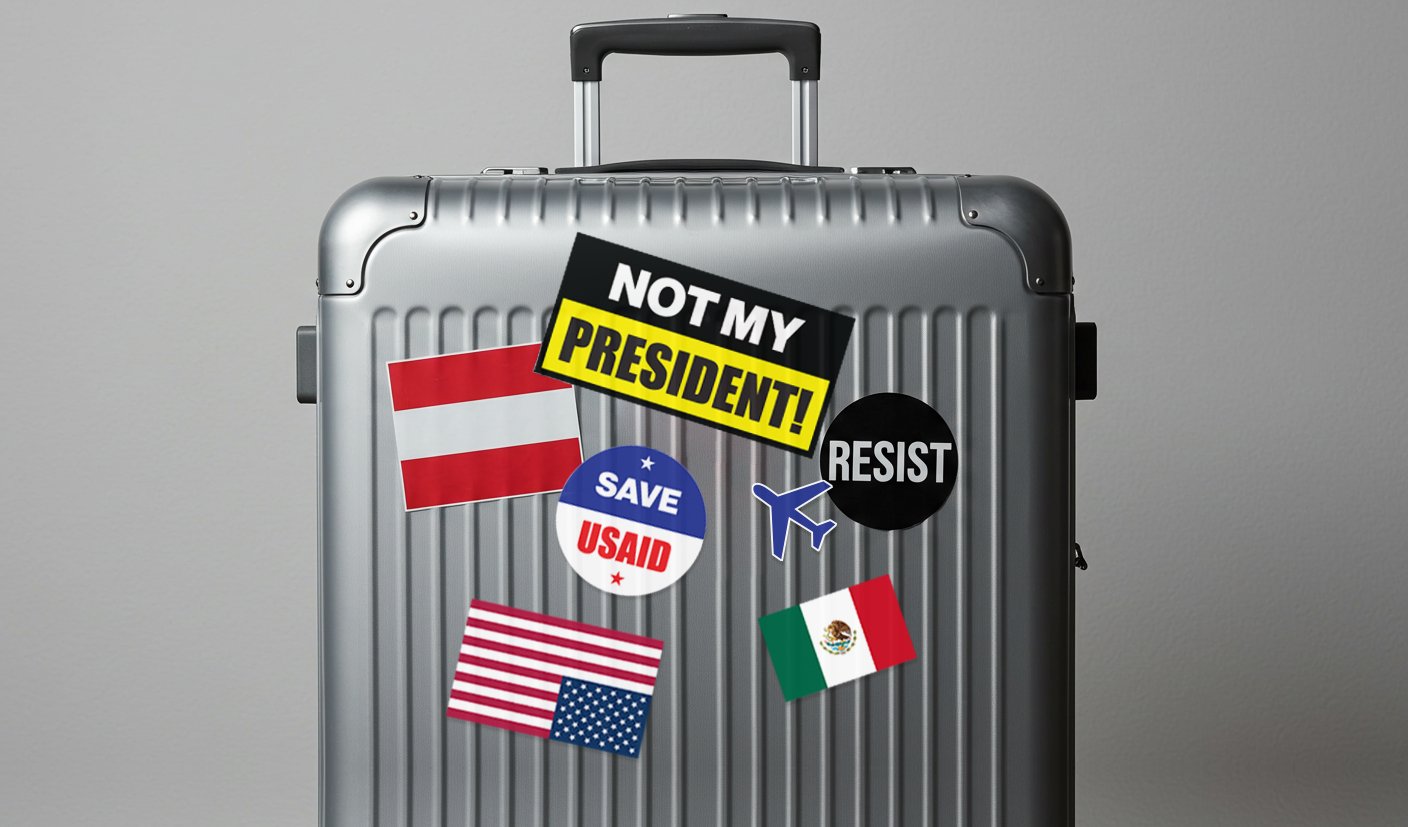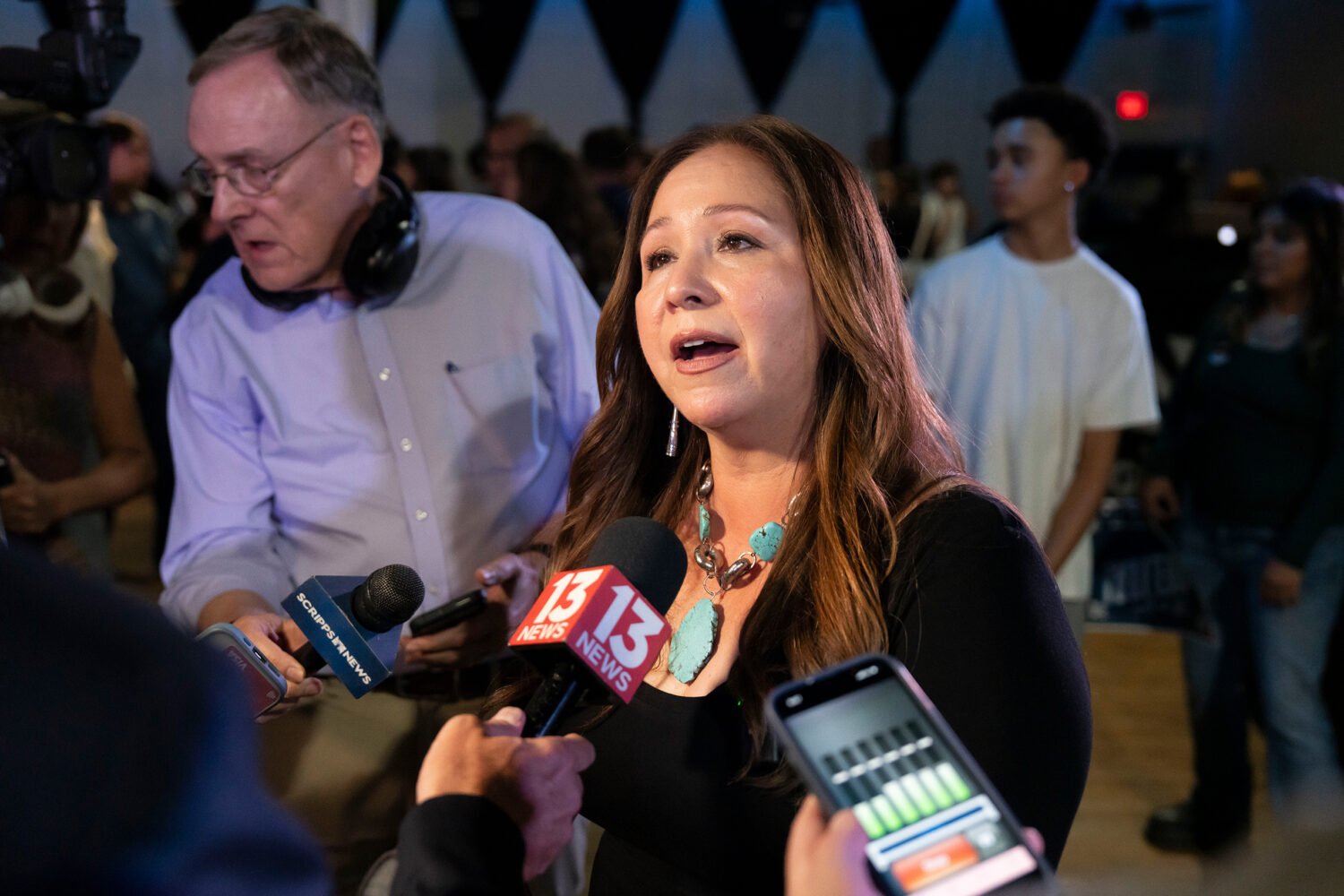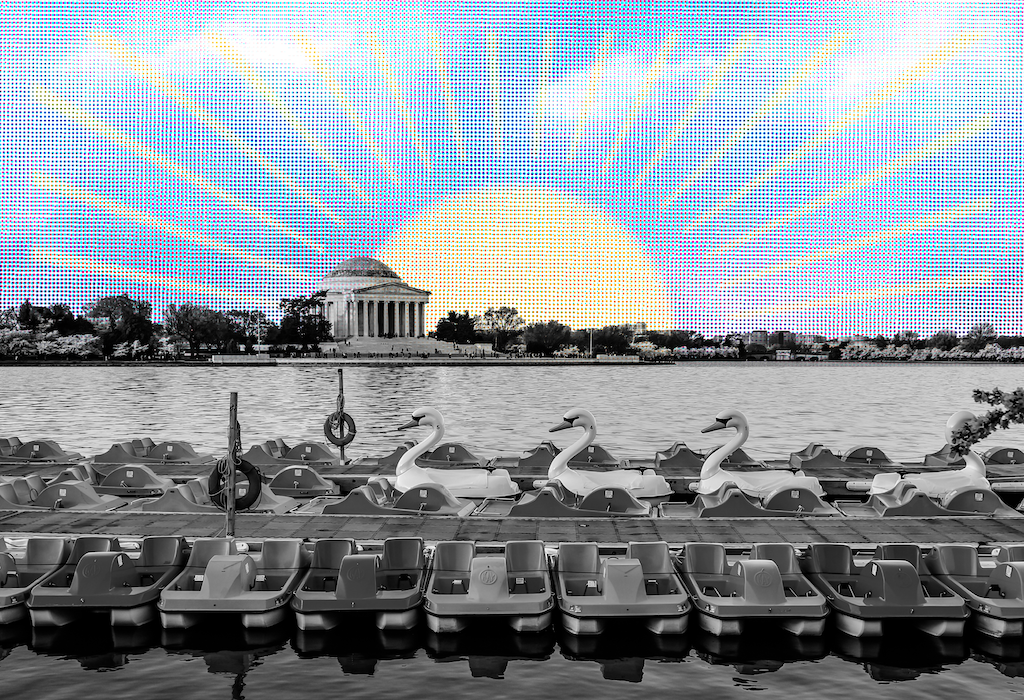Is bottled water any better than tap water when it comes to the
presence of endocrine-disrupting compounds? It’s hard to say. On its own,
the water in some brands may be safer than tap water. The reason isn’t
necessarily the sourcing—many bottlers draw their water from the same
municipal supplies that are pumped through your tap, and several studies
have found traces of pharmaceuticals and industrial compounds in
underground artesian wells. The difference often is the treatment
processes bottlers use. On the other hand, biologists have raised concerns
that plastic bottles themselves may leach EDCs into water.
EDCs aren’t on the radar of most bottling companies or of the
Food and Drug Administration, which is responsible for regulating the
sourcing and production of bottled water. Current laws require water to be
free of contaminants above specified concentrations.
Most contaminants are prohibited not because they might
interfere with the endocrine system but because they can be toxic in other
ways. Some, such as arsenic, lead, and mercury, are familiar.
Others—including the banned pesticide chlordane; benzo(a)pyrene, found in
coal tar and automobile exhaust; and styrene, widely used in plastics—are
suspected carcinogens. They are also suspected EDCs.
The FDA requires that bottlers test source water weekly for
microbiological contaminants but only once a year for chemical
contaminants. The agency also monitors processing plants. According to FDA
spokesman Curtis Allen, because bottled water has a good safety record,
“bottled-water plants generally are assigned low priority for
inspection.”
This could change if EDCs prove to be a bigger public-health
threat than lawmakers currently believe.
As far as water treatment goes, Allen explains, “Some of the
technologies used by some bottlers may affect levels of EDCs, such as
reverse-osmosis or activated-carbon treatment, but we do not assess the
efficacy of these technologies.”
Major bottlers are similarly noncommittal with respect to EDCs.
A spokesperson for the Coca-Cola Company, which sold 490 million gallons
of its flagship water label, Dasani, in 2011, declined to comment on
whether the company tests for EDCs specifically—or for any contaminants
beyond those required by the FDA.
Is Dasani safer? Maybe. Coca-Cola gets water for Dasani
primarily from municipal supplies—around here, that means the Potomac
River—and from underground wells. Depending on how the source water has
been treated beforehand, it may be processed through a
granular-activated-carbon filter. After that, the water goes through a
reverse-osmosis membrane to remove micro-compounds and is disinfected with
UV light. The bottler adds minerals and then subjects the product to ozone
treatment for final disinfection.
Two of the steps in Dasani’s treatment process—activated-carbon
filtration and reverse osmosis—may remove substantial quantities of EDCs.
According to a 2009 study, reverse-osmosis membranes and granular
activated carbon each removed nearly 90 percent of EDCs and
pharmaceuticals dissolved in tested water samples.
Thomas Zoeller, a biology professor at the University of
Massachusetts-Amherst whose research focuses on molecular and
developmental endocrinology, agrees that “reverse osmosis is perhaps the
most stringent way to rid water of trace amounts of
chemicals.”
Another potential problem with bottled water is the
bottle.
Most containers sold commercially are made from polyethylene
terephthalate (PET), a plastic compound generally thought to be safe. But
more than a dozen articles published in the last five years have shown
that phthalates and other EDCs appeared in concentrations up to 12 times
higher in water stored in PET containers than in glass containers. Another
popular plastic used in large water-delivery bottles, polycarbonate, is
usually made with bisphenol A (BPA), a compound with suspected
endocrine-disrupting properties. Over time, BPA seeps out of the plastic
and into the liquid inside.
So are you better off drinking bottled water? Below is a list
of seven major brands—along with their sources, whether they employ
reverse-osmosis and activated-carbon filtration, and their packaging
material—to help you decide.
 Aquafina |
 Dasani |
 Deer Park |
 Evian |
 Fiji |
 Nestlé Pure Life |
 Poland Spring |
|
| Parent Company | PepsiCo | Coca-Cola Company | Nestlé | Danone Waters of America | Roll Global | Nestlé | Nestlé |
| Source | Municipal water | Municipal water or protected ground water | spring | Alpine spring | Artesian aquifer | Municipal water or aquifer | spring |
| Reverse Osmosis? | Yes | Yes | No | No | No | Yes | No |
| Activated-Carbon Filtration? | Yes | Yes | No | No | No | Yes (for municipal) | No |
| Packaging Material | PET | PET | PET or poly- carbonate |
PET | PET or poly- carbonate |
PET | PET or poly- carbonate |
Go back to What’s In the Water We Drink?
This article appears in the July 2012 issue of The Washingtonian.
















